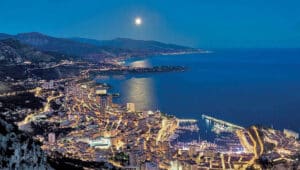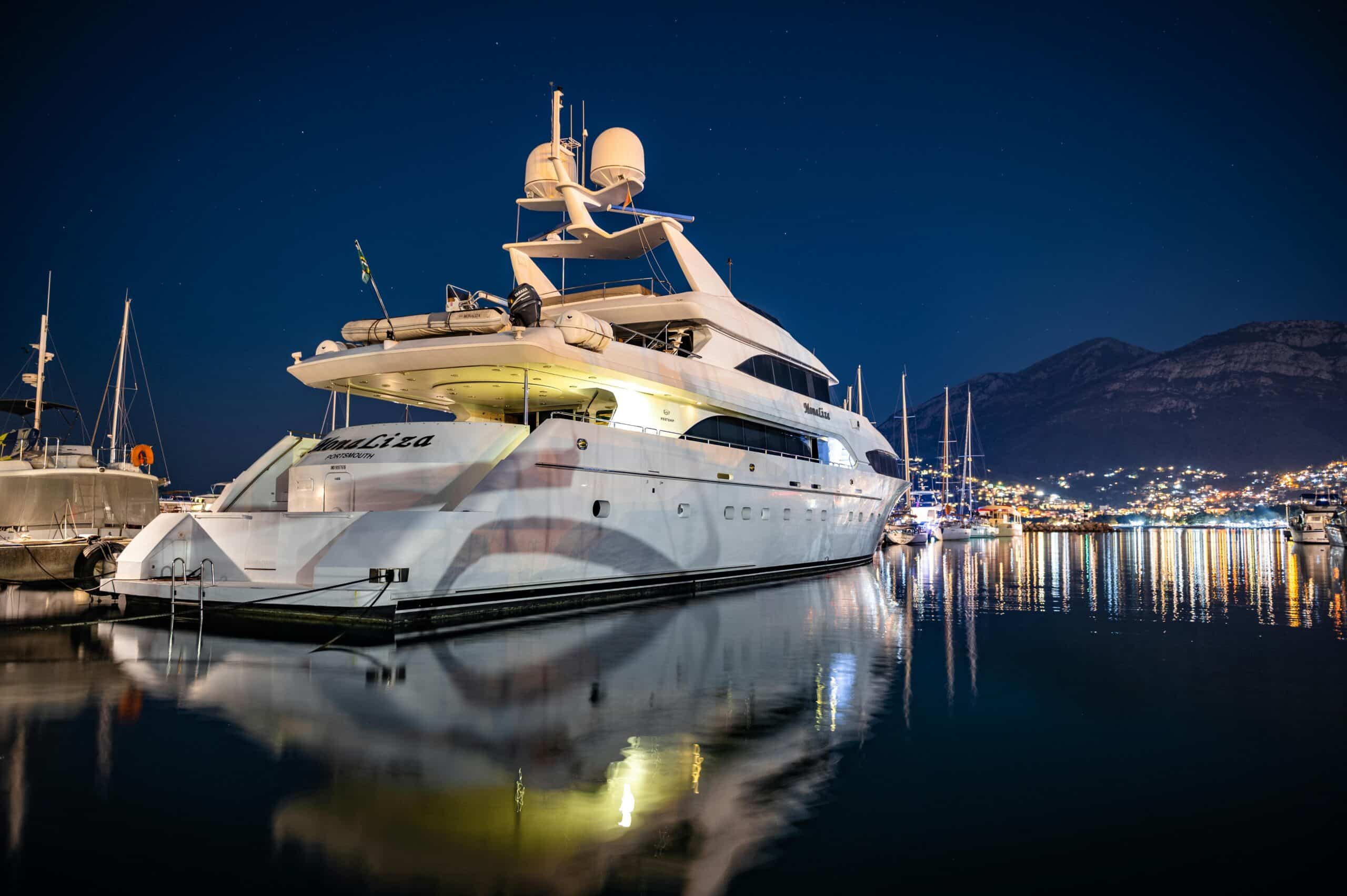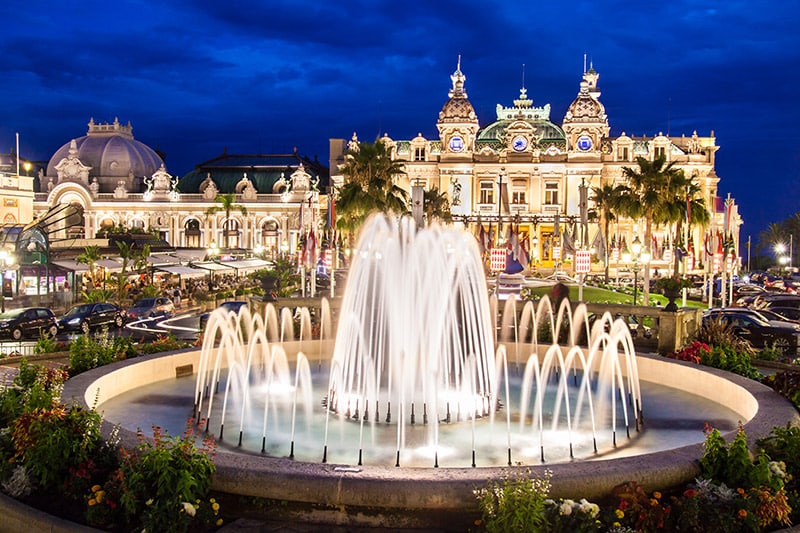Monte Carlo is often considered one of the world’s most glamorous destinations, renowned for its casinos, luxury lifestyle, and Formula 1 Grand Prix. However, its exact designation can be confusing.
While many refer to Monte Carlo as a city, it’s actually a district or ward ( quartier) within the small sovereign city-state of Monaco. Let me explain this interesting distinction in detail.
The Status of Monte Carlo
Monte Carlo is not technically a city in the traditional sense. Rather, it’s one of the eleven quartiers that make up the Principality of Monaco, a tiny independent country located on the French Riviera. Monaco itself is the second-smallest sovereign state in the world after Vatican City, covering just 2.1 square kilometers (0.81 square miles).
Monaco is divided into these districts, with Monte Carlo being the most famous among them. The other main districts include:
- Monaco-Ville (the old city, where the Prince’s Palace is located)
- La Condamine (the port area)
- Fontvieille (the newer, reclaimed area)
- Larvotto
- Moneghetti
- La Rousse/Saint Roman
- Les Révoires
- Saint Michel
- Les Moulins
- Jardin Exotique
- Spélugues
The History of Monte Carlo
Monte Carlo’s story begins in 1863 when Prince Charles III of Monaco sought to revitalize the principality’s finances. He authorized the creation of a gaming complex and spa, which would become the famous Casino de Monte-Carlo. The district was even named in his honor – “Monte Carlo” literally means “Mount Charles” in Italian.
The casino was developed by the Société des Bains de Mer (SBM), which is still one of the largest employers in Monaco today. You can learn more about the history of SBM on their official website: Monte-Carlo SBM.
The creation of Monte Carlo transformed Monaco from a small, relatively unknown principality into a playground for the European elite. It became associated with glamour, wealth, and high society – an image it maintains to this day.
The Modern Monte Carlo
Today, Monte Carlo remains the most internationally recognized area of Monaco. It’s home to:
- The famous Casino de Monte-Carlo
- The Opéra de Monte-Carlo (built by Charles Garnier, who also designed the Paris Opera House)
- Many luxury hotels, including the Hôtel de Paris
- Numerous high-end shops and boutiques
- Several parks and gardens, including the Japanese Garden
- The Monte Carlo Country Club (which hosts the Monte-Carlo Masters tennis tournament)
For more information about attractions in Monte Carlo, the official Monaco tourism website offers comprehensive guides: Visit Monaco.
Monaco’s Governmental Structure
To understand Monte Carlo’s status, it helps to understand Monaco’s governmental structure. Monaco is a constitutional monarchy, currently ruled by Prince Albert II of the Grimaldi family, which has governed Monaco for over 700 years.
Monaco has its own laws, police force, and governmental institutions separate from France, though the two countries maintain close ties and cooperate on various matters. France is responsible for Monaco’s defense.
The Monégasque government website provides detailed information about the country’s institutions: Monaco Government Portal.
The Economy of Monte Carlo and Monaco
Monte Carlo is the economic heart of Monaco. Its casino, luxury tourism, banking services, and real estate are major contributors to the nation’s economy. Monaco is famous for its tax policies – there’s no income tax for residents (except for French citizens, who are subject to French tax laws unless they have resided in Monaco for a specific period, generally five years), making it attractive to wealthy individuals.
The Monte Carlo Casino remains iconic, though gambling now makes up a smaller percentage of Monaco’s income than in the past. Today, banking, finance, tourism, and real estate are the primary economic drivers.
For business information about Monaco, the Monaco Economic Board offers resources: Monaco Economic Board.
Living in Monte Carlo
Despite its small size, Monte Carlo is one of the most densely populated areas in the world. Real estate prices are among the highest globally, with apartments often selling for tens of thousands of euros per square meter.
Residents enjoy exceptional security (Monaco has the highest police-to-population ratio in the world), excellent healthcare, and a Mediterranean climate. The population consists of a mix of residents from around the world, including wealthy individuals, alongside native Monégasques who make up approximately 21% of the population.
For information about real estate in Monte Carlo, you can often find resources through a search for the Chambre Immobilière Monégasque.
Cultural Life in Monte Carlo
Monte Carlo hosts numerous cultural events throughout the year:
- The Monte-Carlo Opera Season
- The Monte-Carlo Television Festival
- The Monte-Carlo Ballet (Les Ballets de Monte-Carlo)
- The Monte-Carlo Jazz Festival
- The Monaco Grand Prix (held on the streets of Monte Carlo and La Condamine)
Information about cultural events can often be found through searches for specific events or by checking the websites of organizations like the Opera or the Casino.
Common Misconceptions
The confusion about Monte Carlo’s status stems from several factors:
- Its international fame often overshadows Monaco itself
- It functions as the de facto center of Monaco
- In casual usage, people often refer to Monte Carlo as if it were separate from Monaco
Think of the relationship between Monte Carlo and Monaco as similar to that between Times Square and New York City, or Westminster and London – it’s a famous district within a larger entity.
Conclusion: District, Not City
To directly answer the question: No, Monte Carlo is not technically a city. It’s a district within the city-state of Monaco. However, its cultural significance, historical importance, and international recognition often lead people to think of it as a city in its own right.
This distinction isn’t merely academic – understanding Monte Carlo’s status helps appreciate Monaco’s unique position as one of the world’s smallest sovereign states, as well as the special role Monte Carlo plays as its most famous district.
Whether visiting as a tourist, considering it as a place of residence, or simply interested in its unique status, recognizing Monte Carlo as a district of Monaco provides the correct framework for understanding this glamorous corner of the Mediterranean.
Disclaimer: This post contains affiliate links. If you make a booking or purchase through them, I will make a small commission at no extra cost to you.



![Top 10 Things To Do in Monaco in May [2025] 3 things to do in monaco in winter](https://yourmonaco.com/wp-content/uploads/2023/11/cityscape-of-monaco.jpg)
